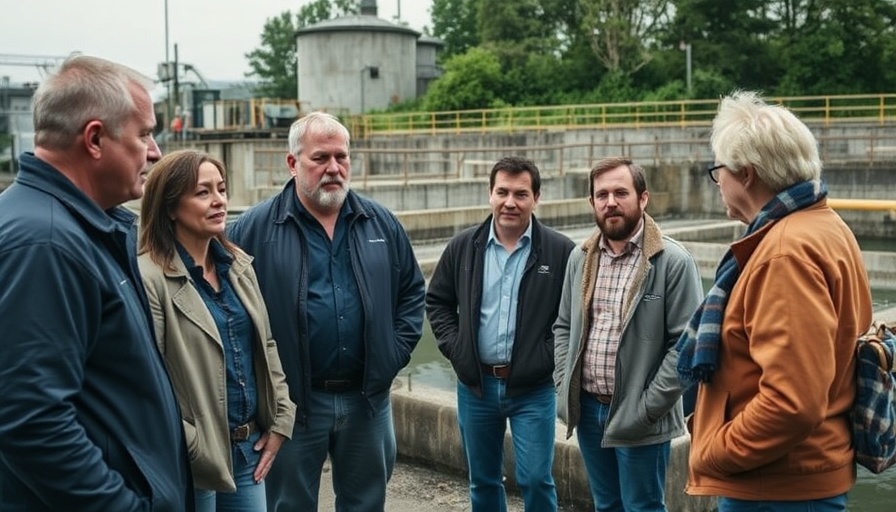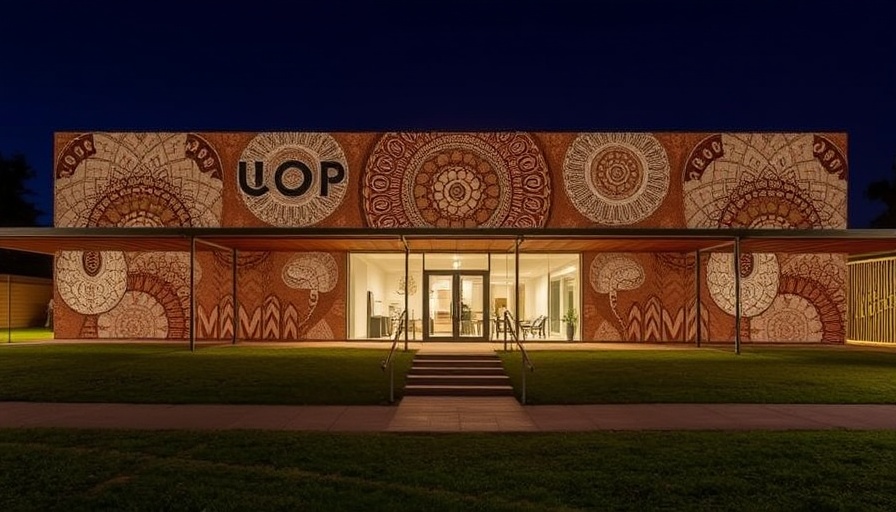
Facing the Unexpected: A Hospital's Resilience
In an unprecedented turn of events, Signature Healthcare Brockton Hospital in Massachusetts faced a daunting challenge—a devastating 10-alarm fire that ignited in the early hours of February 2023, causing an estimated $90 million in damages. This catastrophic event not only tested the limits of the hospital’s infrastructure but also allowed for a crucial opportunity for innovation and renewal within its facilities.
When Disaster Strikes: The Fire's Impact
The fire originated in the hospital's transformer room, leading to a fast-paced evacuation of approximately 160 patients to nearby medical facilities. Miraculously, there were no reported injuries, thanks in part to the swift actions of the hospital's facilities team and firefighters who thwarted further damage. Brian Backoff, the senior director of facilities and engineering, recounts the harrowing experience of battling the blaze. Witnessing the flames and smoke ascend the five-story structure was nothing short of alarming.
“Our main switchgear started arcing, and I could sense something was off just from the air quality,” Backoff stated, capturing the tense atmosphere during the incident. Firefighters acted quickly, disabling oxygen feeds that fuelled the fire, allowing them to safely bring the situation under control. While the flames were contained, smoke permeated throughout the facility, covering not only the immediate area but also affecting vast expanses of the hospital.
Charting a Path Forward: Renovation and Reconstruction
The aftermath of the fire was a convoluted web of assessments and decisions. Backoff knew that the hospital's age played a significant role in the planning for reconstruction. With parts of the hospital dating back to 1897 and various additions made across decades, a comprehensive understanding of the structure’s history was critical for moving forward. “We can't just build on the past; we have to innovate,” he noted, emphasizing the necessity for a modern approach in the renovations.
Not only would the recovery pave the way for beautifying and enhancing the hospital’s environment, but it also opened opportunities for upgrading key systems and technology. “There was no road map,” Backoff admitted, but rather than being deterred, he saw it as a chance to set a benchmark for resilience and innovation in healthcare facility management.
Relevance to Future Healthcare Facilities
This incident serves as a poignant reminder of the fragility of hospital infrastructure. Fire safety protocols, emergency preparedness, and the need for comprehensive renovation plans are crucial takeaways for other healthcare facilities. As hospitals continue to modernize, the Brockton Hospital case provides a blueprint for navigating the complexities of restoration and safety in the aftermath of disaster.
Community Support and Moving Forward
The commitment of healthcare professionals, local responders, and the community at large highlights the essential support systems in place during such crises. The seamless evacuation and meticulous management of the incident serve as an inspiration and a lesson in teamwork and preparedness. A hospital is a pillar of the community, and its resilience reflects the spirit of those it serves.
As we venture into a future where healthcare facilities must not only survive but thrive, the experiences of Signature Healthcare Brockton Hospital stand testament to the power of resilience and the importance of forward-thinking strategies. This story isn't just about recovery; it's about creating environments where healing can flourish in times of adversity.
 Add Row
Add Row  Add
Add 






Write A Comment